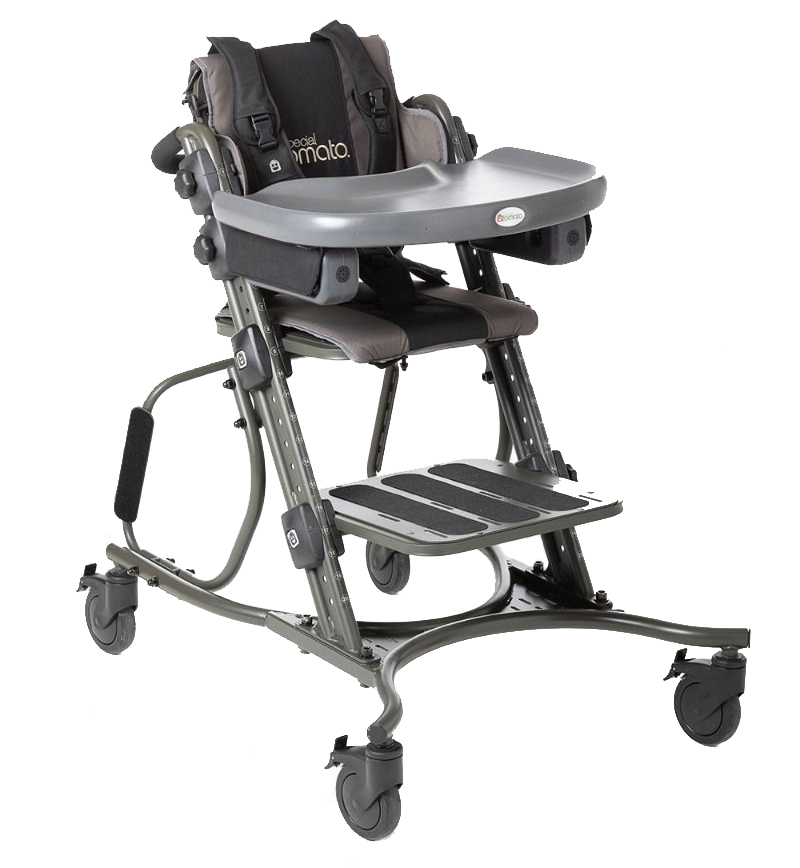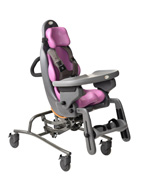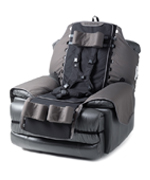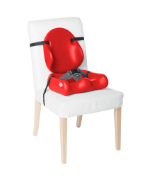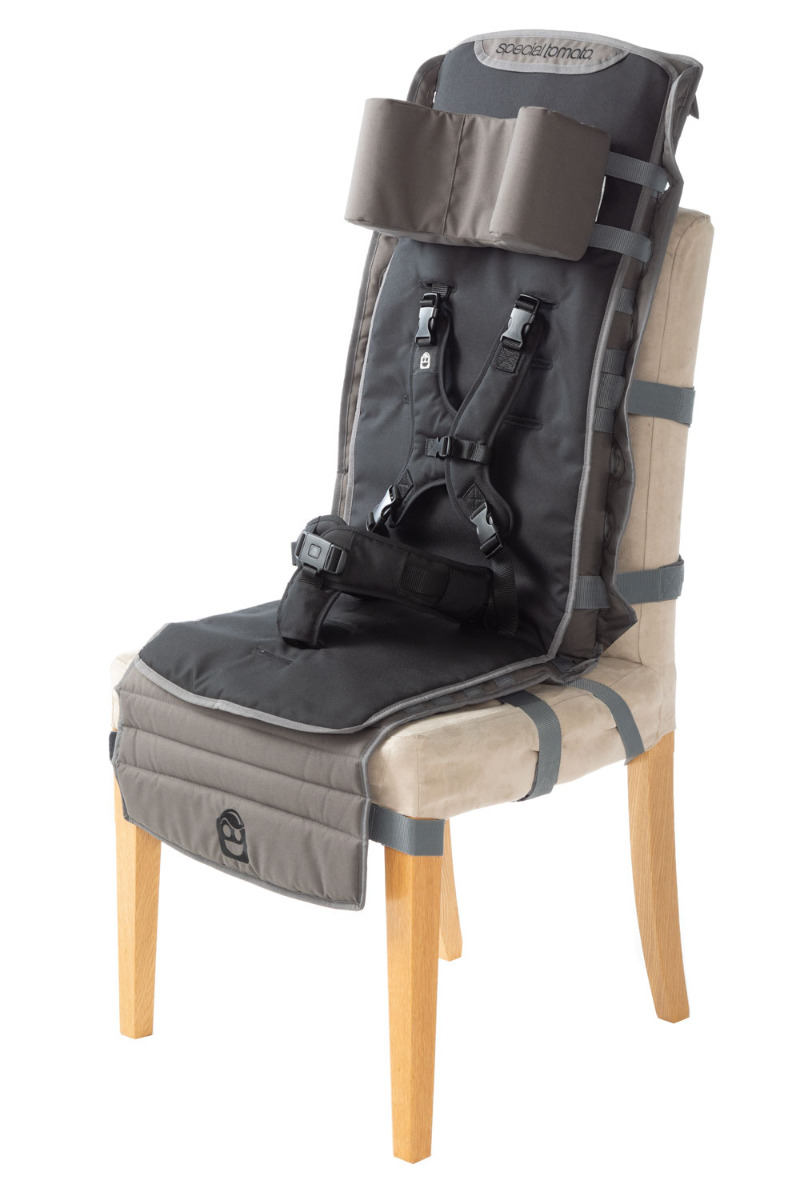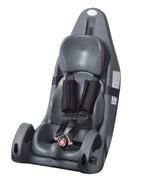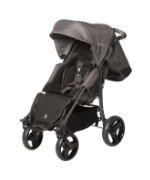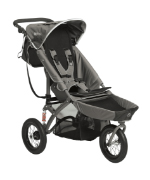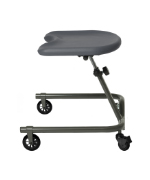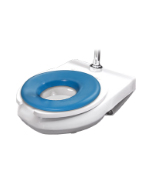Understanding Tires
Wheels with tires are found on many types of special needs equipment. Wheelchairs, adaptive strollers, gait trainers, mobile standers, wheeled walkers, bicycles, and tricycles are just some of the most common. When purchasing these products, tire choices may be offered. For others there will only be one type of tire offered. Understanding tires can help you make informed decisions about the equipment you are considering for purchase. Tire features include pneumatic versus solid, size/ diameter/ width of the tire and even camber (the inward or outward angle of the tire when viewed from the front). How do you know if you would benefit from a certain type or size of tire? It all comes down to how you plan to use the equipment.
Probably the most significant difference when comparing different types of tires is pneumatic versus solid tires. The article Solid vs Pneumatic Tires- When to Choose Each offers an in depth comparison of these two types of tires specifically as this choice applies to electric scooters, but the principles can be generalized to all sorts of wheeled mobility products. The type of tire you choose will make a big difference in the force required to propel the product forward and backward, how it steers and its overall maneuverability, and how bumpy or smooth the ride is.
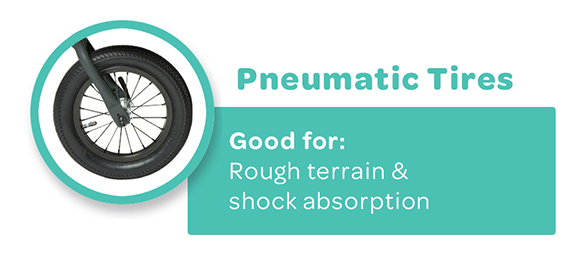

Pneumatic Tires, or air-filled tires, are usually made from rubber and are filled with air. Some have inner tubes, others are tubeless. Pneumatic tires can go flat so some maintenance is involved. Tire pressure must be maintained and is measured with a gauge. Inner tubes if punctured can be patched and replaced easily by the consumer. Though less likely to go flat, a tire without an inner tube will require professional attention or replacement.
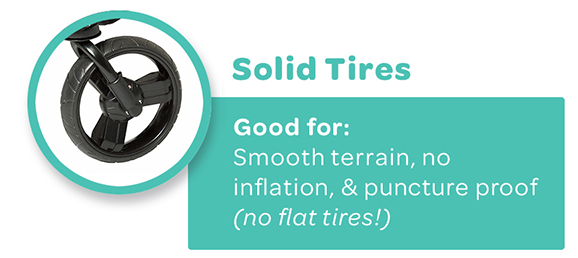

Solid Tires are made entirely from solid materials, and they do not have air inside of them. No flat tires! Very little to no maintenance is required. Solid tires are designed to last approximately three times longer than pneumatic tires because they are made from special rubber compounds. The tear strength is more than double that of most pneumatic tires.
When choosing between these two types of tires it’s best to ask yourself where you will be using your piece of wheeled mobility equipment. If outdoors over rough terrain is any part of your answer, you will want to consider equipment with pneumatic tires. They provide better traction and are better suited for “off-roading” when compared to solid tires. Pneumatic tires also provide better shock absorption resulting in a more comfortable ride. The ability to control the air pressure in the tires also offers some control over how the tires will perform. Pneumatic tires have a valve, usually on the inside of the tire, for inflation and deflation. However, if you will only be using your equipment on indoor surfaces and very smooth outdoor surfaces, such as concrete sidewalks, and you are interested in low to no maintenance, a solid tire may be a good choice.
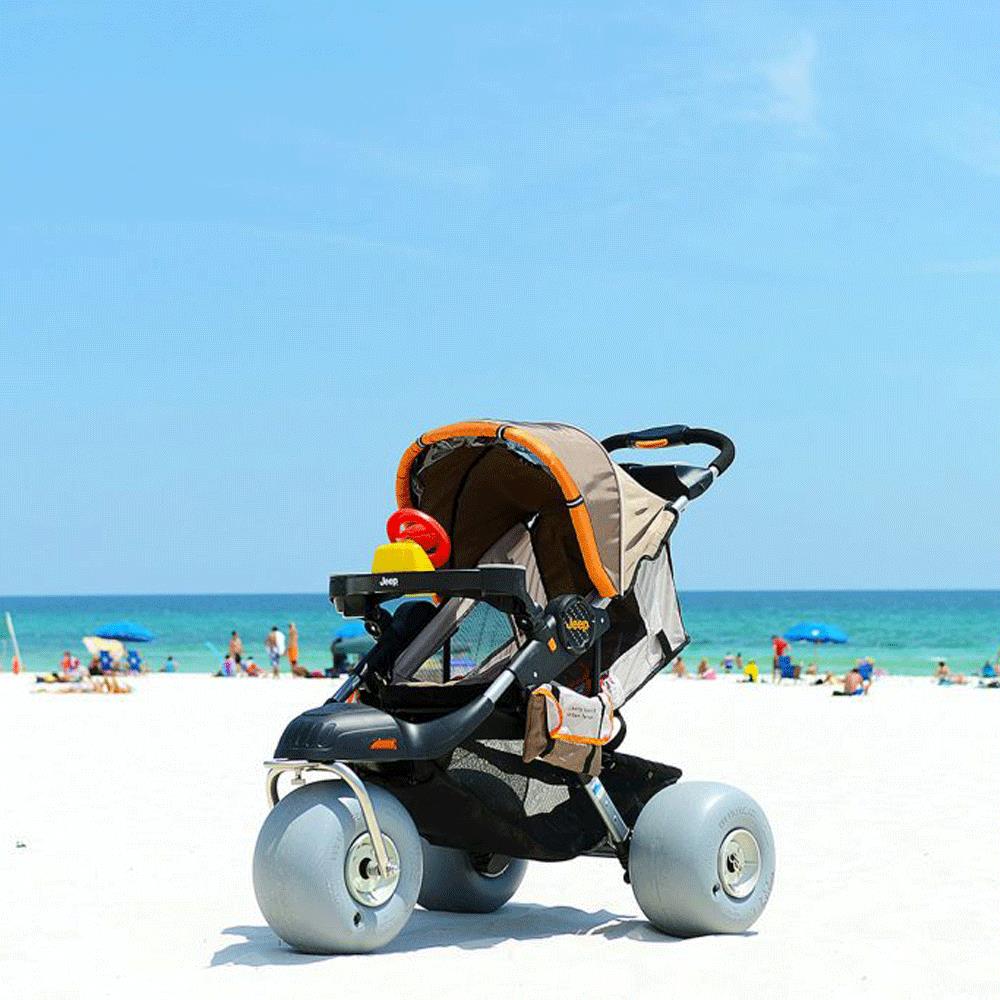

The size of the tire also makes a difference especially for example with all terrain adaptive strollers. The more rugged the terrain you expect to encounter, the larger and wider you will want your tires to be. Some adaptive stroller tires are even designed to traverse beach sand!
Wheel camber as it relates to wheelchairs is considered in this article, Wheel Chair Wheel Camber- The Basics. These principles can also be applied to mobile standers and other wheeled mobility devices that are designed for self-propulsion.
As you can see, there is quite a bit to consider when choosing tires for special needs equipment with wheels. Please contact one of our therapists at 1-800-371-2778 if you have any questions concerning which tire style is best for you and your child!


